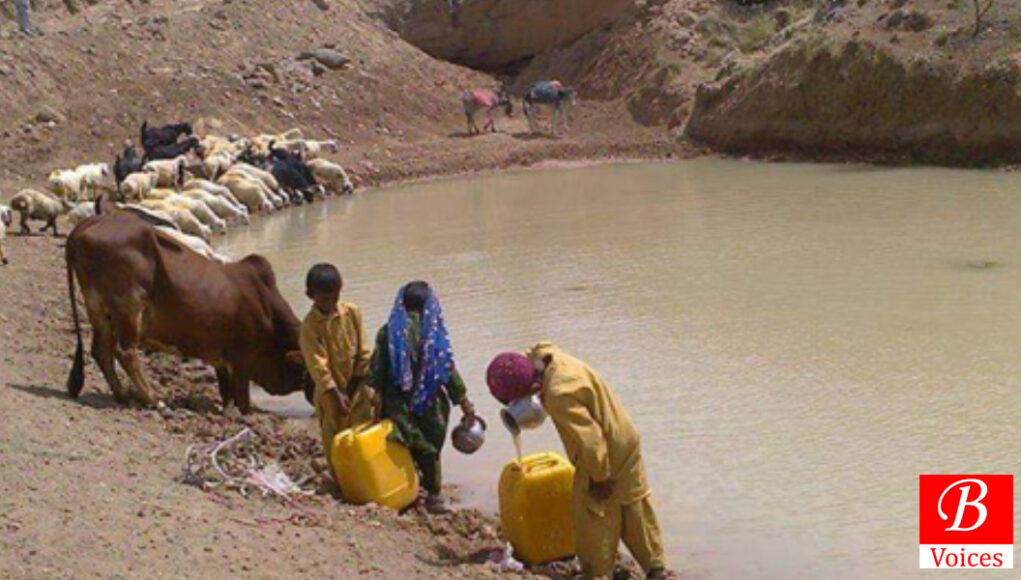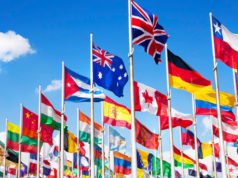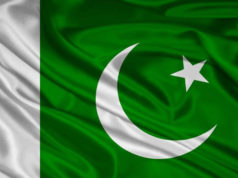Sadia Hassan Sherani
Water is crucial for life, and without it, no one can survive. Water is in very high quantity on earth, which is covered by 30% of land and 70% of water. Still freshwater it is in a very low quantity of 3%. The amount of freshwater available for human consumption is only 0.01%, and the remaining water is bound in glaciers and ice. Consequently, 1.2 billion people around the world do not have access to clean drinking water; both the quality and quantity of freshwater are poor and low. Moreover, water pollution is one of the most alarming water-related issues. It is a widespread problem that is deteriorating our health. Unsafe water kills thousands of people around the world each year. Despite being finite assets with only 1% accessible for us, water resources are being used in an unsustainable way and are also being polluted. Water pollution occurs when harmful substances, often chemicals or microorganisms, contaminate water bodies and render it toxic for humans and the environment.
In this context, Balochistan (the largest province of Pakistan by area) is also facing widespread water-related challenges. In most places of the province, people do not have access to safe drinking water due to its poor quality. It is not clear due to the presence of dust particles, dangerous pollutants, and microorganism in it. Different anthropogenic activities add up harmful substances to the water which results in widespread water-linked diseases. Unsurprisingly, human activity is primarily responsible for both surface and groundwater pollution. The prime sources of water contamination in the province are: poor sewerage systems, disposal of toxic chemicals and effluents from industries, and hospitals, poor disposal of solid waste, poor sanitation and management, agricultural and surface runoff, and sometimes frequent flash floods. Waste effluents not only affect the quality of surface water but also groundwater. Plus, these substances seep into groundwater and make it unsafe and unfit for human use.
Furthermore, most of the public water in the province is distributed through hand pumps and piped networks. Due to several factors like cross-connection, broken or leaking pipes, damaged system, improper water supply, water is contaminated in distribution systems. Water quality parameters prescribed by WHO are frequently violated and drinking water distribution in urban areas do not meet WHO standards. Among the various pollutants in drinking water, microbial contamination is the most serious threat to public health in the province. Several types of research have been conducted by collecting water samples from different regions of Balochistan; which have shown excessive microbial contamination in drinking water above the permissible limits prescribed by NEQS. Moreover, results showed a higher concentration of BOD and NO3 than the recommended limits of WHO.
Additionally, the TDS value was also relatively higher than the permissible level. Additionally, the water having bad taste and smell with unmaintained pH, sediments and pathogens concentration (like E. coli and fecal coliforms bacteria) are the clear indications of human and animal waste intervention in drinking water. In the whole province, these water-related problems have reached a dangerous level, and the residents of the province are facing serious health issues especially poor people are more at a risk. Infants below the age of 5 are at greater risk and die every year due to waterborne diseases and thousands of people are suffering from different diseases due to poor water quality. The most common health issues are diarrhea, typhoid, hepatitis, gastrointestinal diseases, lung diseases, throat diseases, poliomyelitis, intestinal worms, and skin infection when coming in contact with polluted water.
In some areas, chlorination (a popular method for disinfection of drinking water at the treatment plants and in sanitation systems), boiling water, and filtration is used to disinfect the water. However, it is not enough and is restricted only to urban areas due to the very small number of people doing this process for cleaning water. Unfortunately, due to a lack of public awareness, people do not practice household water treatment methods such as chlorination, solar disinfection, boiling, and domestic small-size filters.
Although National Drinking Water Policy (NDWP) 2009 and Pakistan Environmental Protection Act (PEPA) 1997 have been introduced, their implementation is almost zero. In Pakistan Environmental Protection Act’s section number 11, it is stated that no person shall discharge or emit any effluent or waste in an amount that is beyond the level of NEQS. However, weak implementation of environmental laws is responsible for the increasing contamination of water. Additionally, lack of awareness, poor monitoring, and management, insufficient budgetary allocation, lack of treatment, filtration and disinfection practices, lack of coordination among the responsible authorities are the main hindrances in the implementation of environmental laws and regulations in Balochistan and overall in Pakistan.
Therefore, drinking water should be free from color, turbidity, odor, and microbes. It should be aesthetically pleasant and safe for drinking. Drinking water quality standards should be provisionally established for the treatment and maintenance of the drinking water distribution system. Water and Sanitation Agency (WASA) should take serious action with the help of private institutions to protect water resources and control pollution from its source. Government should install drinking water treatment plants to treat the water. Proper maintenance of the water distribution system and chlorination should be done according to the law and regulations to kill toxic pathogens.
Government should take strict action by implementing environmental laws and regulations. Plus, if anyone is found to be violating the rules, one should be punished with a heavy fine and imprisonment. Along with this, active participation is required to overcome this blistering issue. Proper disposal of waste, proper sewerage system, treatment of wastewater, minimal agricultural and surface runoff, proper sanitation, and management, etc are required. Additionally, cooperation and participation of local people with the government sector are required to make the environment free from pollution.
We cannot eliminate the problem at once but we can do innovative things in order to minimize these problems. So, let’s work together to take action and do something innovative to reduce water pollution and improve water quality. Simply, water is life; and we should not hit our life by polluting water bodies
“Stop pollution quick, don’t make the water sick”
The writer is an environmentalist who has written several review papers published in international journals.
Disclaimer: Views expressed in this article are those of the author and Balochistan Voices not necessarily agrees with them.
Share your comments!








